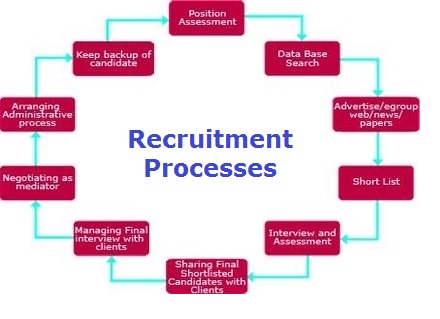HR Strategy

HR Strategy – HR Strategy Analysis – Human Resources Strategy – Hr Strategy Framework – HR Strategy Business Methodology – hr strategy model is essential for the development of talent and leadership within a company, key to the long-term success Continue reading HR Strategy


